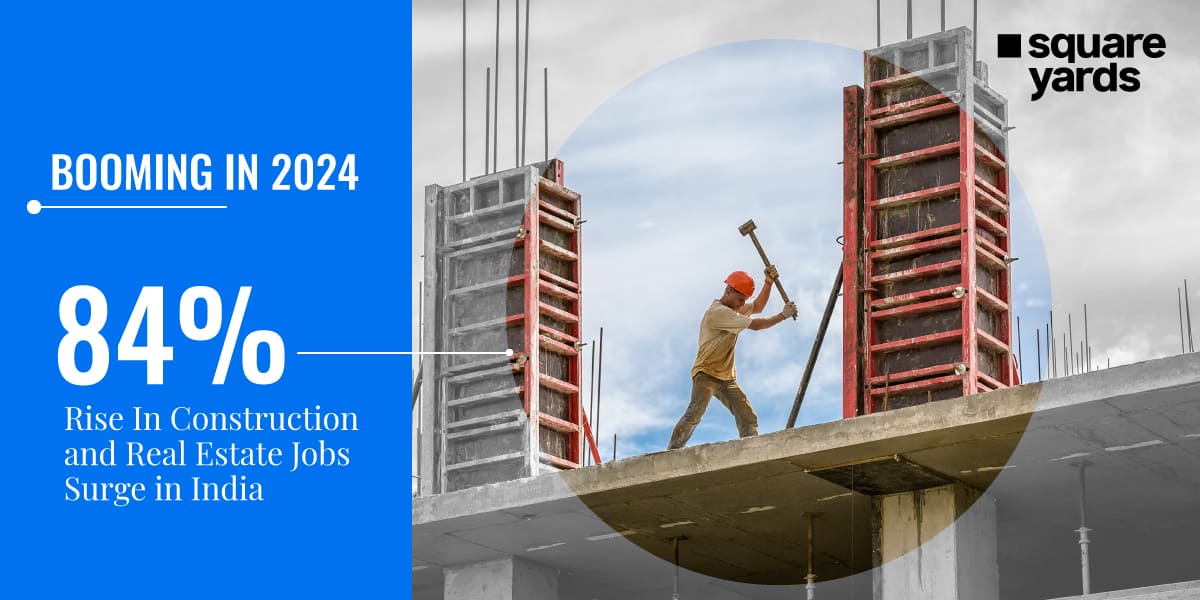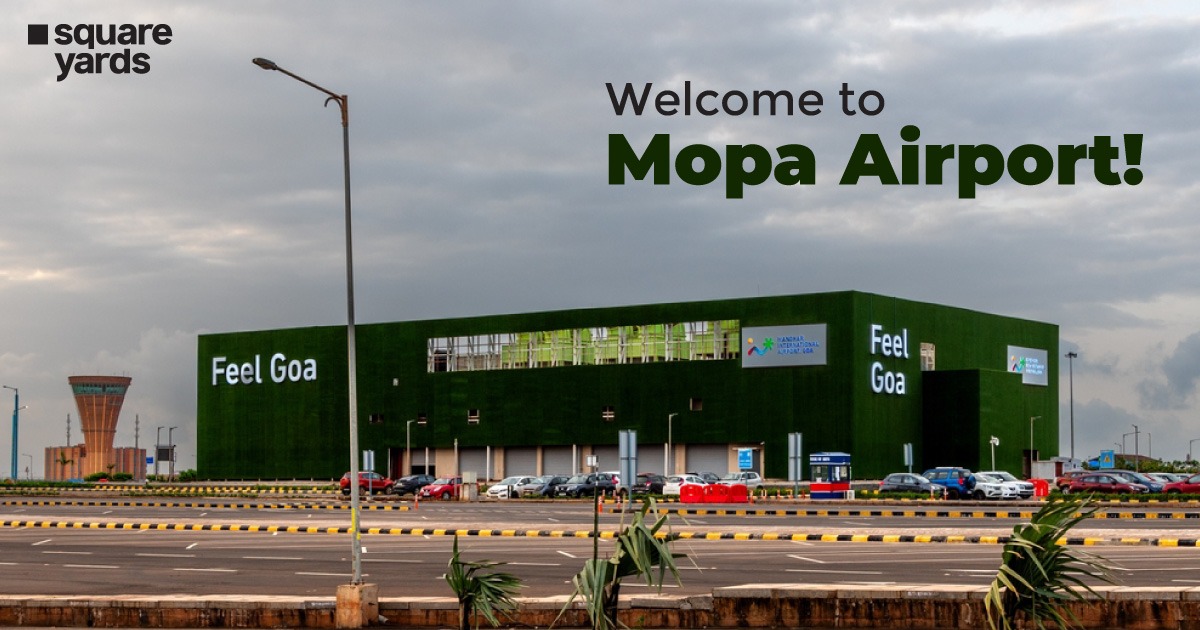According to a recent report from ICRA, the commercial office leasing market in India is poised for significant growth in the coming fiscal years. The top six cities—Bengaluru, Chennai, Delhi-NCR, Hyderabad, Mumbai Metropolitan Region (MMR), and Pune—are expected to see net absorption of approximately 59-60 million square feet (msf) in FY2025, marking a growth of 10-11% compared to previous years. This positive trend is projected to continue into FY2026, with an anticipated increase of 3-4% on a high base. Despite a substantial influx of new supply expected to reach 125-130 msf within FY2025 and FY2026, the vacancy rates in these cities are predicted to remain stable, hovering around 14.5-14.7% by March 2025 and improving slightly to 14.0-14.5% by March 2026. This resilience is attributed to robust absorption patterns driven by demand from global capability centers (GCCs) and domestic corporations. Anupama Reddy, Vice President and Co-Group Head of Corporate Ratings at ICRA, noted that the demand for office spaces has been bolstered by a revival of IT special economic zones (SEZs) and increasingly higher physical occupancy rates. The current landscape indicates that the occupancy levels across these six markets could reach a decade-high of 85.5-86.0% by March 2026, affirming the resilience of the Indian office market.
Strong Demand Fuels Commercial Office Growth
The commercial office sector in India is benefitting from a significant uptick in leasing activity. ICRA’s data shows net absorption of around 54 msf in FY2024, with 44 msf recorded in the first nine months of FY2025. This growth is largely driven by strong demand from global capability centers and domestic businesses, which have been eager to establish a physical presence as workplaces reopen. The revival of IT-SEZs has also played a crucial role, contributing to the reduction of vacancy levels by 70 basis points to 14.7% as of December 2024, a notable decrease from the previous March. These trends suggest that the Indian office market is not only on a path of recovery but also poised for sustained growth in the medium term. The combination of an expanding economy, a well-educated and cost-effective workforce, and the availability of high-quality office spaces at competitive rental rates has positioned India as an attractive destination for global firms looking to invest in real estate. With these factors at play, the country continues to capture the attention of international investors and corporations, making it a key player in the global real estate market.
Retail Market Outlook: Growth Amidst Challenges
The retail market in India is also showing promising signs according to ICRA’s projections. The report anticipates a yearly growth in rental income for retail mall operators of 7-8% for FY2025 and 8-9% for FY2026, driven by healthy occupancy levels and increasing trading values. However, the rising vacancy levels, which reached 21% as of December 2024 due to an influx of new supply, have presented challenges for retail space operators. Despite this, ICRA expects occupancy rates to stabilize at around 79-80% by March 2025, maintaining similar figures through March 2026. The consumption growth for retail mall operators is projected to moderate to 6-7% in FY2025, influenced by external factors such as the General Elections and adverse weather conditions. Nevertheless, a rebound is expected in the second half of FY2025, supported by seasonal festivities and the wedding season. Key segments like hypermarkets, food, apparel, and jewelry are set to drive consumption, aided further by the recovery of family entertainment centers. However, the ongoing threat from e-commerce and digital penetration remains a significant hurdle for retail operators as they adapt to changing consumer preferences.
Stable Credit Profiles Indicate Healthy Market Conditions
ICRA’s assessment of the credit profiles of office players and retail mall operators indicates stability in the market. The leverage metrics, as measured by debt-to-net operating income (NOI), are expected to improve. For office players, the debt-to-NOI ratio is projected to decrease from 4.3-4.4x in March 2025 to 3.9-4x by March 2026. This improvement is reflective of a rise in occupancy and higher rentals, which in turn enhances the debt service coverage ratio (DSCR), estimated to be healthy at 1.45-1.5x in FY2026 compared to 1.35x in FY2025. Similarly, the credit profile for retail mall operators is expected to remain stable, with debt-to-NOI ratios estimated at 4.6-4.8x as of March 2025, improving to 4.2-4.5x by March 2026. The DSCR for this sector is also projected to remain comfortable, ranging from 1.45-1.50 times in FY2025-FY2026. These metrics underscore a positive outlook for both segments as they navigate the changing economic landscape, demonstrating resilience and adaptability in a competitive market.






















